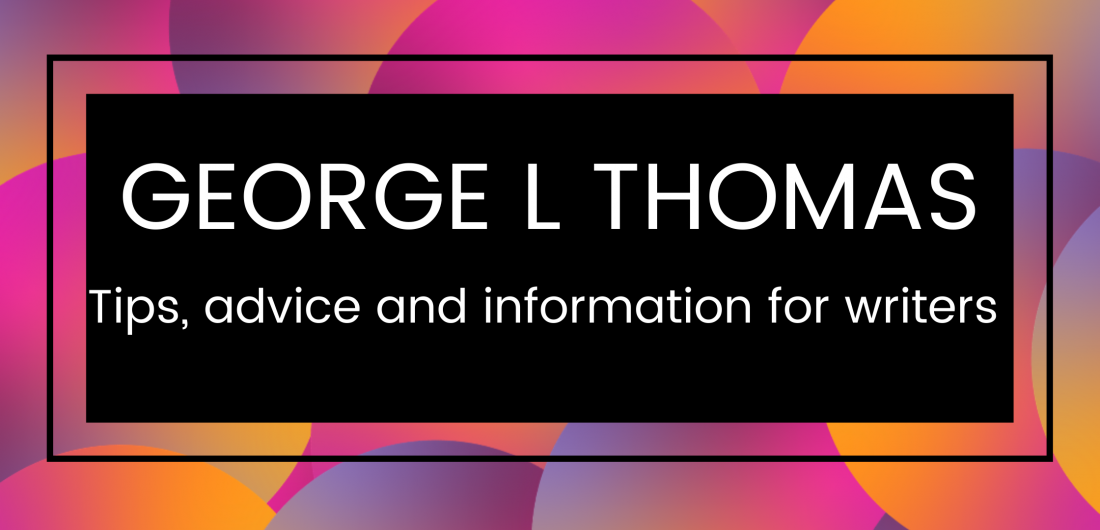
Hi everyone! I hope you’re all well. Today, I am exploring what goes into crafting the perfect opening paragraph.
As a writer, one of the most necessary aspects of your craft is the ability to grab your readers from the outset of your story. A great first paragraph will have the power to pick up your readers, thrust them into the world of your narrative and hold onto them until the very end. But what makes a first paragraph memorable and effective?
Writing A Great Opening Paragraph
First and foremost, a great opening paragraph should be attention-grabbing; it should hook your readers, sparking curiosity and compelling them to keep reading. You can achieve this by starting with a strong statement or a question that immediately draws your reader in by creating a bit of intrigue.
Another crucial component of a powerful opening paragraph is establishing the narrative voice. You can do this by choosing your words and structuring your sentences carefully, matching them with the personality of your narrator or protagonist.
The tone is also an essential aspect of an opening paragraph. Establishing the tone of your story from the off can give your readers an idea of what to expect from the rest of your tale. All too often, I’ve come across books that promise to be one thing at the start and end up being something else entirely in terms of tone, which can be interesting, I suppose, if it’s done right. However, I’m yet to find out. Don’t promise a suspenseful murder mystery and then surprise me two-thirds of the way through with Santa Claus.
It’s wise to remember, too, that conflict is the key to any scene, and while you don’t want to give the game away within your first paragraph, it couldn’t hurt to throw in a little hint at what’s to come.
Further, it’s also a good idea to consider the role of sensory details in your opening paragraph. By incorporating vivid sensory descriptions, you can transport your readers to the setting of your story and create a more immersive experience. Whether it’s the scent of pine as your characters wander around a Christmas tree farm or the icy sting of snow as they throw snowballs at one another, sensory details can evoke strong emotional responses in your readers and draw them deeper into your world.
Finally, edit. Edit, edit, edit! It can be an arduous task, yes, and after reading your story for the twentieth time, you may never want to look at it again, but you must carry on regardless. Go slowly. Taking your time will help you to get it perfect – or as perfect as possible.
Creating a strong and memorable opening paragraph is essential to writing engaging and effective fiction. By incorporating attention-grabbing language, sensory details, and a clear sense of narrative voice, you can hook your readers from the outset and draw them into your story world.
With all that said, however, it is also imperative to mention that the most important thing is that you not be daunted by the task of setting out to write your first paragraph, sentence or even word. No matter what, sit yourself down and do it. If you feel the call and compulsion to write as so many of us do, and if you want to tell a story, write a poem or convey something to the universe, then you have no other choice than to put pen to paper (or fingers to keys). Remember, everyone’s first attempts are rubbish; it’s what a first draft is for (and if you’re anything like me, it’s what a fifth, sixth and seventh draft is for, too). So long as you put something on the page, everything else can be fixed later in the edit. Do you know what can’t be fixed in the edit? No words.
Thank you, as ever, for reading my words. It means the world.
Until next time,
George
© 2024 GLT
Categories: Editing, Writing a First Draft, Writing Tips

Leave a comment